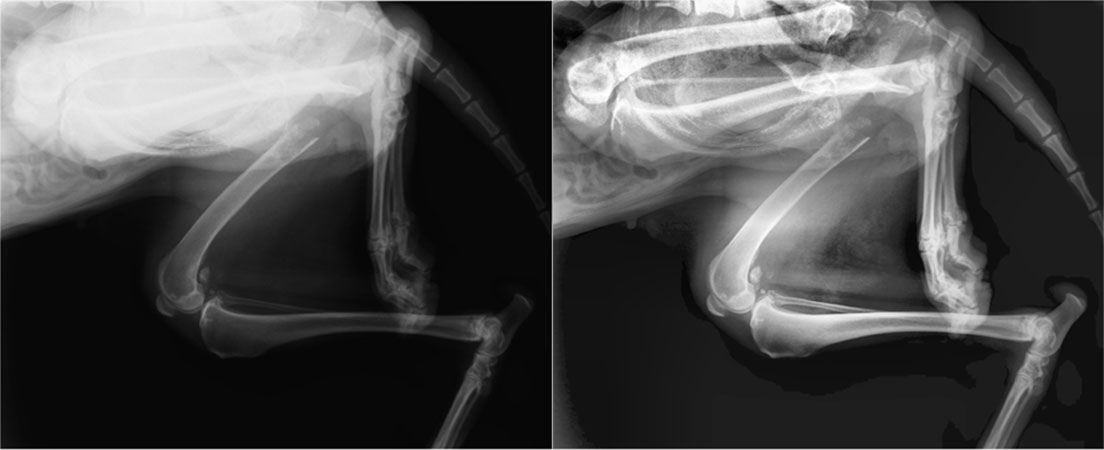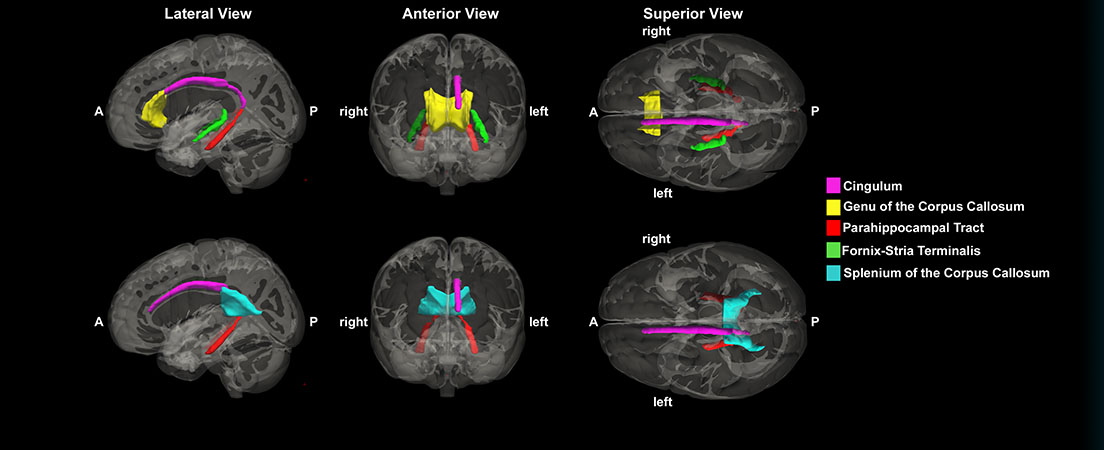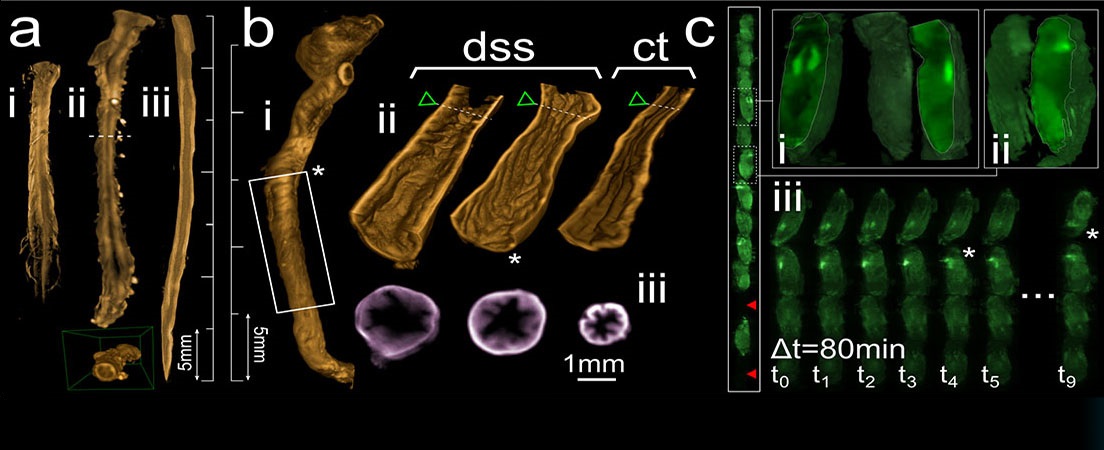Implementation of a Complete Scheme of Beam Hardening Correction in a Small Animal CT Scanner.
In recent years, advances in the biomedical sciences have been accelerated by the uprising number of discoveries in genomics and molecular and cell biology which have led to the development of animal models of human diseases. The last improvements in instrumentation for medical imaging have enabled non-invasive investigations of biological processes in vivo, allowing longitudinal studies. Imaging systems are especially aimed to obtain high quality images of live animals. Small animal imaging techniques are essential to translational research in order to help in the early detection, diagnosis and treatment of diseases or pathological disorders.
X-ray computed tomography (CT) images suffer from several artifacts that impair the qualitative and quantitative analysis of the images. This project is focus in one of the most common artifacts encountered in micro-CT which is produced by the physical phenomenon of beam hardening. This effect causes cupping in homogeneous objects, and dark streaks between denser parts within heterogeneous volumes.
This project is part of a research line followed by the Biomedical Imaging and Instrumentation Group of the University Carlos III of Madrid and which takes place at the Instituto de Investigación Sanitaria Gregorio Marañón. The work is devoted to research into medical imaging techniques for applications in preclinical research, and to design, develop and evaluate new acquisition systems, as well as to carry out different processing and reconstruction methodologies for multimodal images. The result of this project will be incorporated into a high-resolution, small animal X-ray tomograph (micro-CT) which was developed by the group and it is currently being both manufactured and commercialized worldwide by the Spanish company SEDECAL S.A.
The general objective of this bachelor thesis is to incorporate and evaluate a complete scheme of beam hardening correction into the preclinical micro-CT scan developed by the laboratory research group. With the aim of fulfilling this objective, the beam hardening calibration method, as well as the linearization and post-processing correction methods are implemented into the multimodality workstation (MMWKS) console by using the programming language IDL. Afterwards, a beam hardening calibration phantom and a test phantom are designed. The stability of the BH calibration parameters is studied and the parameters for the second order are optimized. Finally, the evaluation of the system in real studies takes place.



Idiomas